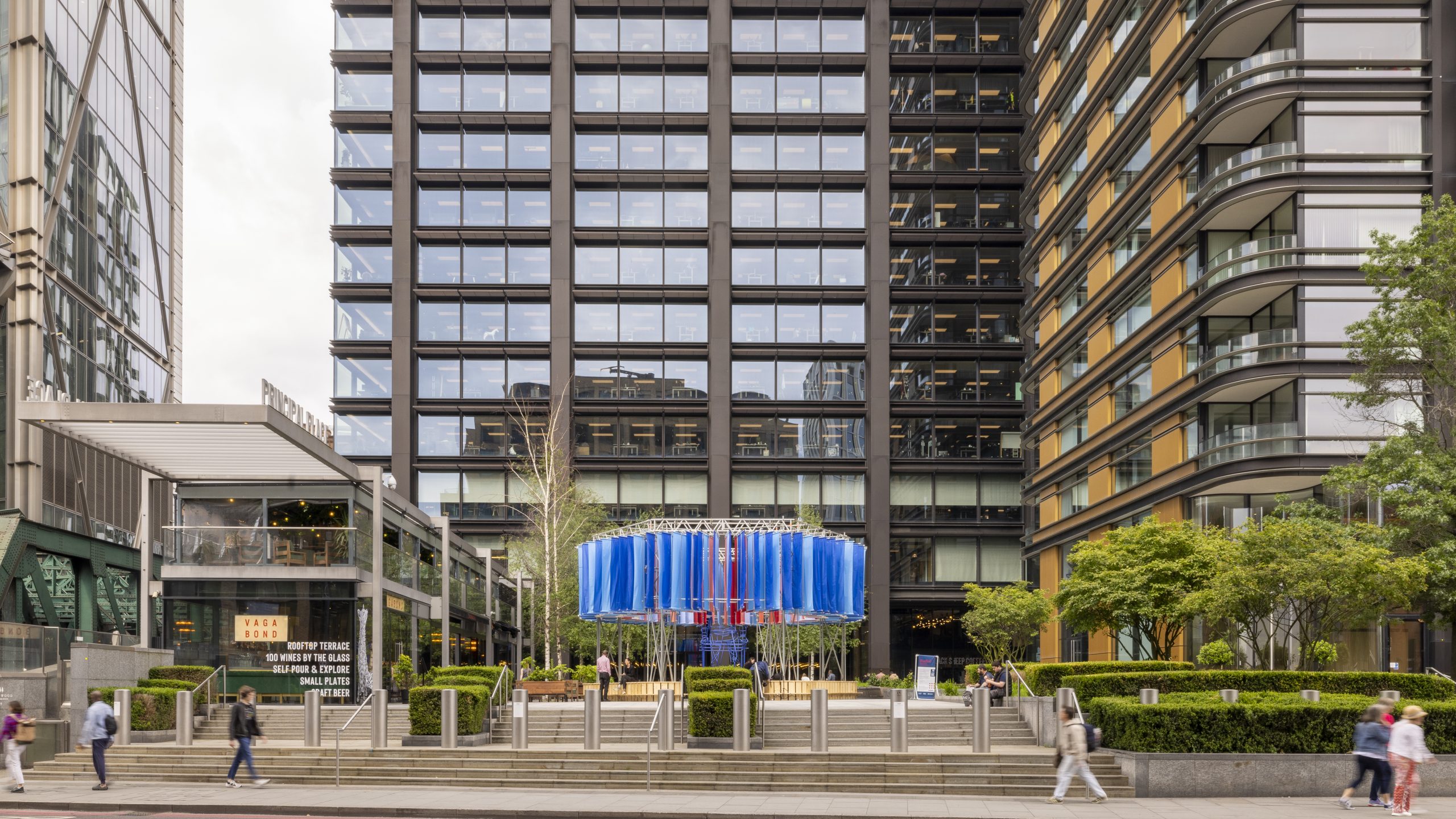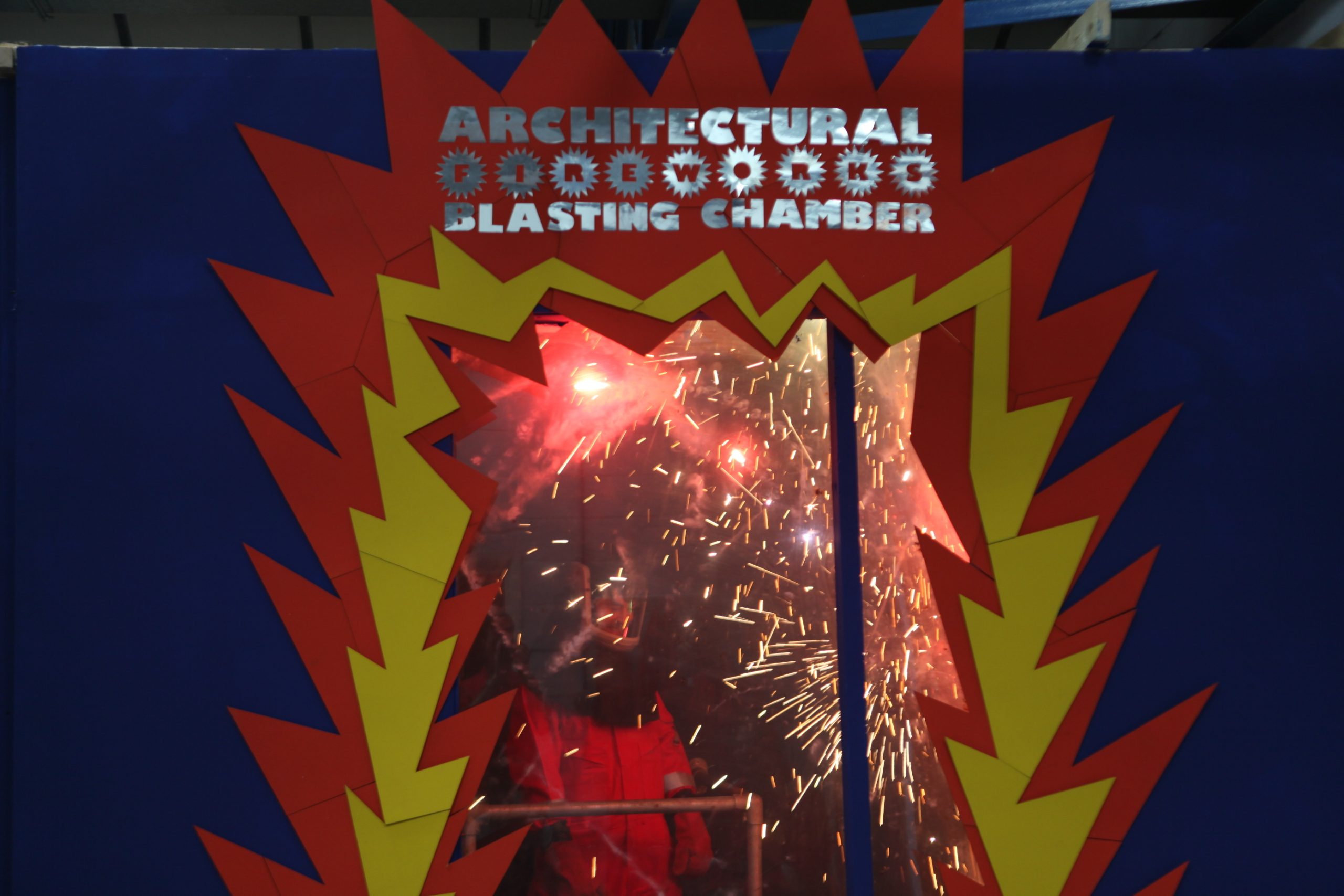London Festival of Architecture 2024

Billboard
Skyscrapper
Halfpage
Every June, the London Festival of Architecture takes place in the British capital, celebrating not just the built environment but also the art of city-making. Its unique aspect is that the programme is people-led and focused on collaboration with Londoners. Therefore, the festival becomes a community event that gathers more popularity every year.
Until the end of June, this year’s edition of the London Festival of Architecture will be everywhere on the streets of the metropolis with its bright pink colours. According to the organisers, NLA, it is a “month-long celebration of architecture and city-making”, with the mission of opening up discussions around architecture, testing new ideas, and uncovering and promoting new talent.
Now in its 20th edition, the festival is known for working closely with neighbours: “We believe in the power of collaboration with the people who live, shape, and truly know London”. This leads to a varied, broad programme every year that brings together the public and architectural professionals. This year’s theme is to #reimagine the city, looking for new ideas on how to make London more equitable, accessible, and sustainable for everyone.
Here are four elements of the London Festival of Architecture that have attracted international attention already:
A pavilion made from 100% recycled waste
Foster + Partners is based in London and was founded in 1967 by British architect and designer Norman Foster. It is now an international architecture firm, but its links to the British capital remain strong. Buildings such as City Hall, 8 Canada Square, 30 St Mary Axe (“The Gherkin”) or the canopy at the British Museum ensure that the famous brand is well-known throughout London. With “Radial”, a summer pavilion for the London Festival of Architecture, the studio is present yet again.
The colourful structure can be found at Principal Place, an office space also designed by Foster + Partners. The idea is for the pavilion to bring new life to the plaza. It consists of reusable, readily available materials, showcasing a sustainable approach. Visitors can rest and contemplate in the pavilion or engage with other members of the community. A programme of events with the broader theme “Reimagine” is taking place in the pavilion throughout June.
The Radial Pavilion consists of 100% recycled waste. Its scaffolding will be reused at various sites across London and the timber for its curved benches will be donated to community workshops. Those familiar with climate science will recognise the radial pattern of white, blue, and red flags in a grading colour scheme: They show the rating developed by climate scientist Ed Hawkins to reflect rising temperatures over the past century.

Reimagining fireworks
Another reimagination at the London Festival of Architecture comes from London-based design studio Bompas & Parr, which is running a competition to reinvent fireworks. The studio claims that even though fireworks are impressive, they have not evolved a lot in the last few centuries, still stuck in an “abstract expressionist phase”.
The designers are hoping to stimulate new ideas and sensations in the world of fireworks, creating more sustainable options and creative alternatives for celebrating achievements – such as the 20th edition of the festival – with fireworks. Key for the competition is the “pyro-factor”, a kind of emotional impact related to awe and wonder as spectators look to the sky.
Different architecture studios have submitted ideas for reimagined fireworks, including a swarm of drones that would bring light performances to cities where people are the most depressed (Human Architecture Studio); fire-germinated seeds that create new plant life on earth after exploding (Ruxing Xiao); AI-generated imagery based on photos of wisteria that users create in an app to then see on the skies (Aike Akhigbe); naturally illuminating projectiles such as marine plankton, a kind of seed bomb for the sea (PlankLIFE); a combination of illuminated drones and laser displays (Sunny Wong); and a bursting shell that reveals artificial snow and glowing particles (Anglia Knyazeva).

Interconnected wooden arches for music performances
Architecture studio Unknown Works, also based in London, has designed The Armadillo pavilion. This half-moon-shaped structure consists of 42 prefabricated stepped timber arches. It was constructed at Trinity Buoy Wharf in London and is showcasing eucalyptus timber, a material that has not been used for external structures in the UK. It is highly durable and water-repellent. The studio wants to showcase new materials, shapes, and demountable fixing systems. The interconnected modular arch structures are fully demountable and can therefore be reimagined into different shapes.
Currently, the pavilion is named after its shape, which resembles an armadillo. It serves as an open pavilion for performances and can amplify sounds with its shape. Every panel is rotated outward at a precise angle to naturally amplify the performer’s voice to the crowd. This is a theme often present in the work of the architecture studio. Once the LFA is over, the pavilion will be moved to the Houghton Estate for the Houghton Music & Arts Festival in Norfolk.
Benches out of fossil-free steel, timber and bricks
Every year, the London Festival of Architecture is accompanied by the Pews and Perches competition, organised together with the Royal Docks Team. The idea is to create new seating arrangements for this up-and-coming area of the city every year inviting young creatives to brighten the district with playful seat designs. So far, 25 benches have been installed as part of the competition since its start in 2018. This year is the fifth and final edition of the competition.
This year, there are steel-banded timber crates and a rope seat that looks like a wave. A total of six designs won the competition. Several of them use reclaimed materials to respond to the festival’s overall theme of “reimagine”. They show how the city can be more sustainable, equitable, and collaborative in responding to climate change and the cost-of-living crisis. Past benches, some of which are still in place, consisted of deadstock bricks and timber batons, as well as fossil-free steel.












